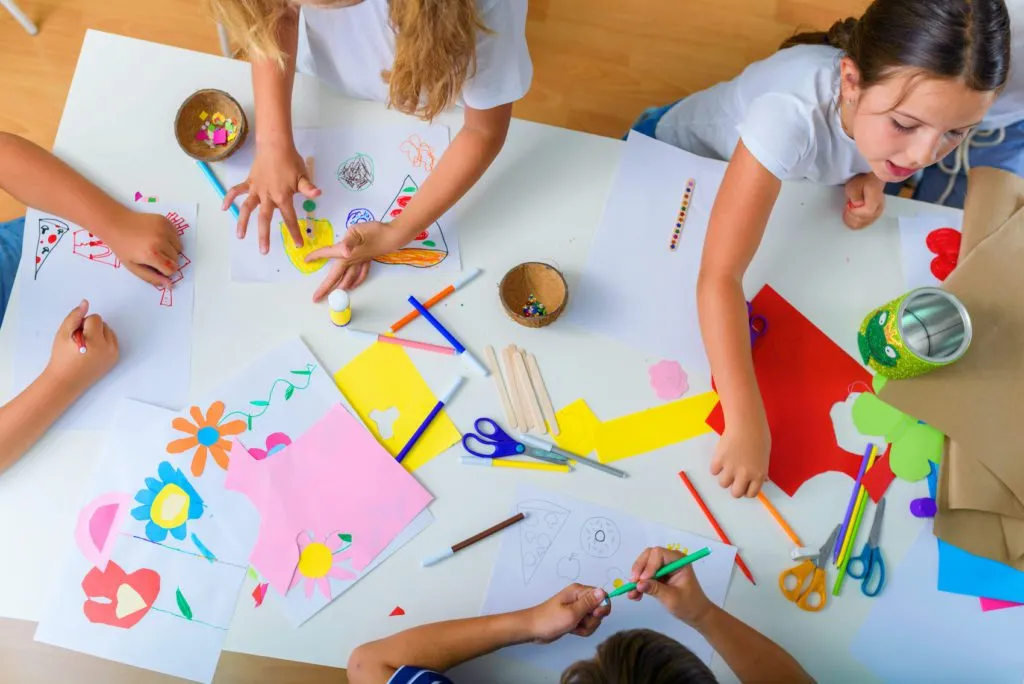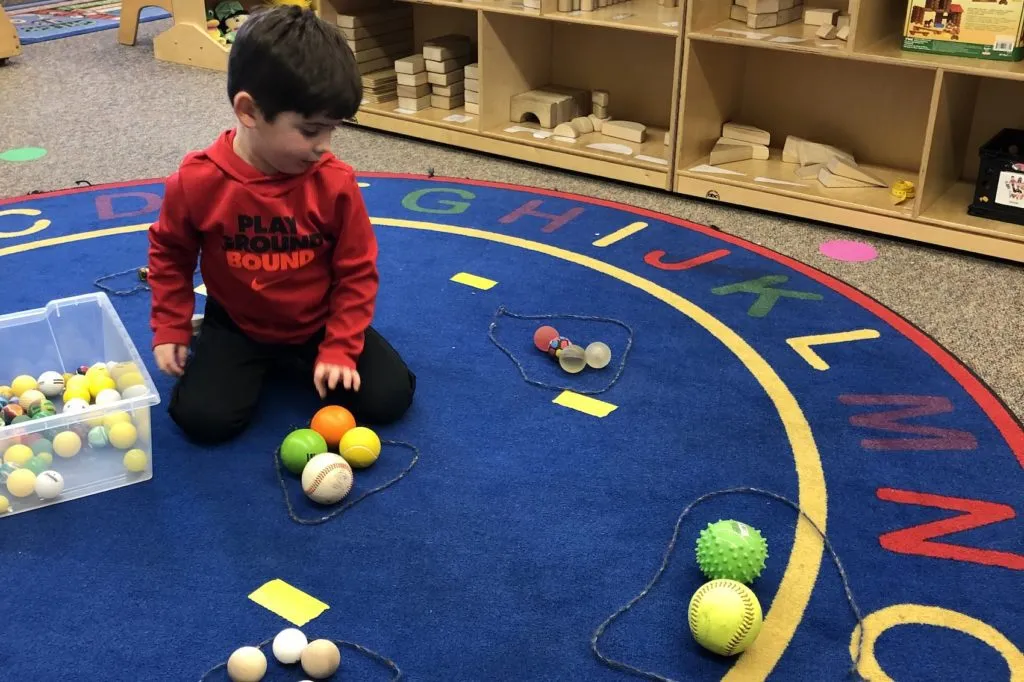When It Comes to Skills, “Soft” Is Not the Opposite of “Hard”

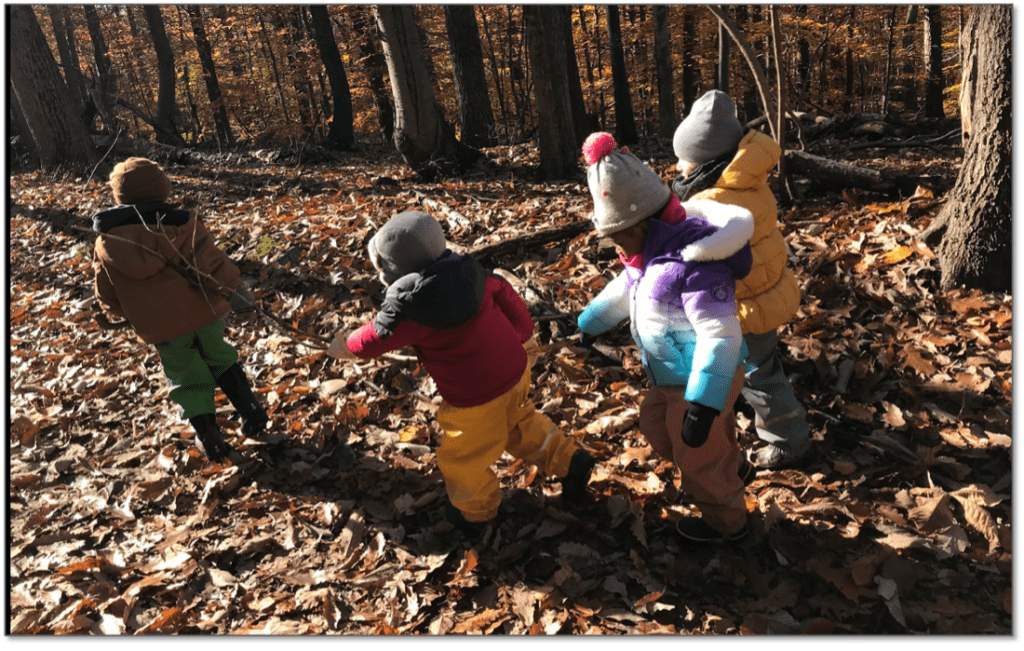
Which skills are more important, soft or hard?
The answer is actually pretty simple—but also complicated. Okay, I promise that this entire post won’t be a bunch of contradictory statements! But unfortunately, this is how two teaching practices, direct teaching and the investigative approach, are often pitted against each other, leaving teachers feeling very confused. This is what we might call a “false dichotomy,” feeling as though one of these choices must be “right” and one must be “wrong,” whereas it’s really like comparing oranges and apples: though they are different, both are delicious, and both can be an important part of a balanced diet.
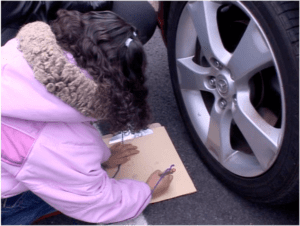 Let’s start with understanding the difference between so-called “soft” and “hard” skills. Hard skills are often thought of as the skills that children are intentionally taught, like counting, identifying letters, writing their names, and how to hold and leaf through a book. Soft skills, by contrast, are those that are developed through connections and interactions with others, like figuring out who gets the next turn at playing with a toy or letting the teacher know that they are sad because a friend moved away. Like the fruits mentioned in the previous example, one type of skill is not more important than the other: they’re actually both essential for the whole-child approach to learning and teaching.
Let’s start with understanding the difference between so-called “soft” and “hard” skills. Hard skills are often thought of as the skills that children are intentionally taught, like counting, identifying letters, writing their names, and how to hold and leaf through a book. Soft skills, by contrast, are those that are developed through connections and interactions with others, like figuring out who gets the next turn at playing with a toy or letting the teacher know that they are sad because a friend moved away. Like the fruits mentioned in the previous example, one type of skill is not more important than the other: they’re actually both essential for the whole-child approach to learning and teaching.
The skills work in tandem in a cycle of learning. Soft skills give meaningful context to the hard skills, and as children use the skills, they become stronger and build on each other. For example, when children learn letter identification and sounds, they can use them to form words. And with those words, they can share their amazing thoughts and ideas with the world. As their ideas and thoughts develop, they have the opportunity to learn more about letters, sounds, and words.
The same is true with any concrete skill, including those related to numeracy and understanding shapes and measurement. Knowing how to count on its own would be pretty meaningless if it were not used to make decisions, such as how many people want apples vs. oranges for snack time or figuring out how much room is needed to build a block structure. 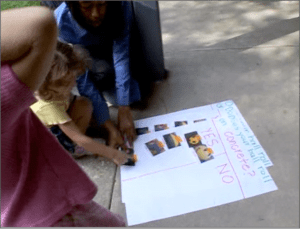
Here at Teaching Strategies, we provide the skill-building practice children need for both hard skills and soft skills with our Intentional Teaching Experiences and then reinforce those skills throughout the day with Mighty Minutes—and we make sure that children get the chance to use them in meaningful contexts through our studies.
The study approach provides rich opportunities to use and build both hard and soft skills as they dig deeper and deeper into a topic for four to six weeks. Let’s look at some examples of how these skills develop in tandem over the course of a study.
As children:
- communicate effectively, they make use of words, sounds, and letters
- solve problems, they use logical thinking and scientific thinking
- use reasoning in decision-making, they recall and build on past experiences and prior knowledge
- organize and represent information, they use math concepts to share their findings and understandings.
As teachers plan engaging experiences and enriching environments that support both hard and soft skills, they make it more likely for children to become confident and self-motivated learners. As that confidence and motivation take root, children are given the tools they need to achieve their full potential. More than just memorizing the hard skills, a studies approach gives children opportunities to develop those skills and then use them in engaging and meaningful investigations.
Between soft skills and hard skills, one is not more important than the other, and they certainly aren’t opposites. They are, in fact, two interdependent aspects of a single thing: deep and meaningful learning.
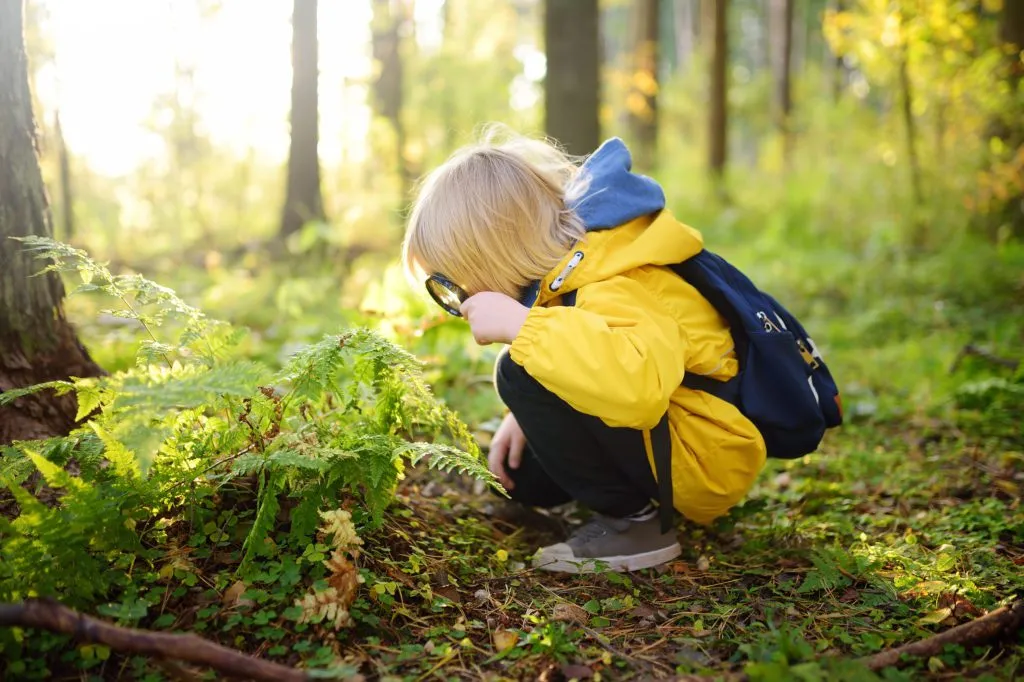
Support All Learners
Encourage all children to think critically, solve problems, and connect ideas with The Creative Curriculum.
Learn More

